The global pandemic will help to elevate the conversation about cross-company risk, thinks Pamela Rogers.
Whether you want to call it ERM, strategic risk management or something else, Pamela Rogers, executive director, Enterprise Risk Management at Estée Lauder Companies, thinks the COVID-crisis has shone a spotlight on the importance of a holistic organisation-wide approach to risk management.
With over three decades in the risk profession, including senior roles at General Motors, Chiquita, Nestle, Sears, Target, NCR, Marsh and Weight Watchers, Rogers sees ERM as an opportunity to improve operational excellence.
Speaking to StrategicRISK on the eve of the RIMS ERM Virtual Conference in November 2020 where she was due to present, Rogers explained why collaboration is the key to coping with a challenge as all-encompassing as COVID-19.
“COVID is a good example of an issue that would not have been identified as a scenario - it’s almost a Black Swan event - but it impacts every single part of an organisations,” she says. “In these times it can highlight the value that’s brought to the organisation by strong risk managers. It’s all about the ability to facilitate discussions across the organisation to identify what the various risks are, to gather the viewpoints of various internal stakeholders, and move forward in a path that keeps everyone calm.”
“It’s just one foot in front of the other every day,” she adds. “And probably every day there is some new piece of the scenario thrown your way and you’ve got to be able to assimilate that.”
Whatever you choose to call it, ERM has come a long way since its early days, notes Rogers, with a focus that has become more holistic. “In the early days of ERM they liked to show you the four quadrants of risk - people, strategic, financial, operational - and that almost harmed the effort around ERM. Because when one of my plants burns down, and it is producing my top profit item, I can’t tell what quadrant to put that in. Who owns that risk? Everybody owns that risk.”
“So, the historical way of looking at ERM and trying to put risks into different buckets actually didn’t help ERM. We just have to look at a risk and bring it together and ask, who needs to be involved in this?”
A rare breed
Rogers has a passion for risk management and numbers, which goes back to her university days. She is a rare breed among her generation, having studied risk management and accountancy, rather than falling into the profession. And she likes to be hands-on in her approach, getting to know how organisations function day-to-day, by spending time with her colleagues and understanding what they do by getting involved.
“I’ve worked in a highly diverse set of industries, for governmental entities and non-for-profits and I’ve consulted for ten years in risk management,” she says. “Training treasurers, CFOs and general counsels who have been given responsibility for risk management is a lot of fun. I jokingly tell them that once they really realise what they’ve been given, they may want to change their job and just be the risk manager.”
“There’s really nowhere else in the organisation where you are expected to see every part of the organisation,” she continues. “Where you are expected to understand end-to-end how the organisation works because otherwise how can really identify and assess the risks in the organisation, particularly in an ERM role.”
One of the advantages to come out of the crisis is the ability to connect with others virtually, thinks Rogers. This is particularly important for global organisations and is an approach that should be leveraged even after the threat of the pandemic has passed.
“It doesn’t matter if people are in different countries or offices. Now all I have to do is set up a Zoom and I get very valuable input from anywhere in the organisation in just 15 or 30 minutes.”
“Yes, there is some amount of interaction lost when you cannot sit in a room and converse,” she adds. “But there is a lot of gain in being able to bring more people into the collaboration. So, it’s a balance and there are pluses and minuses.”








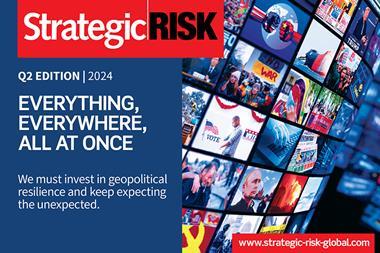


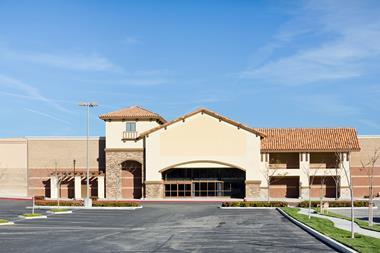
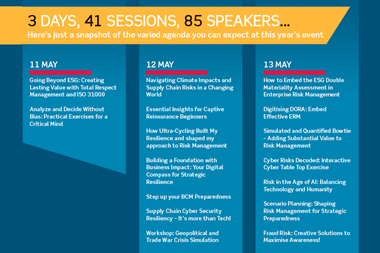

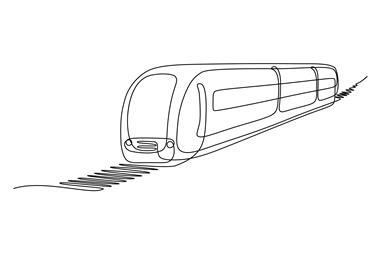
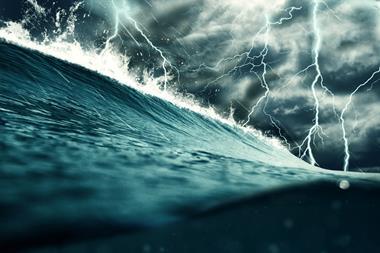
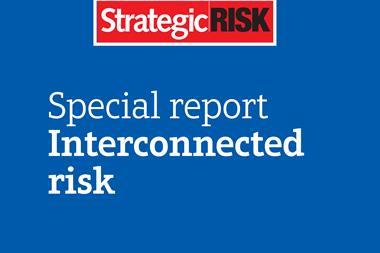



No comments yet